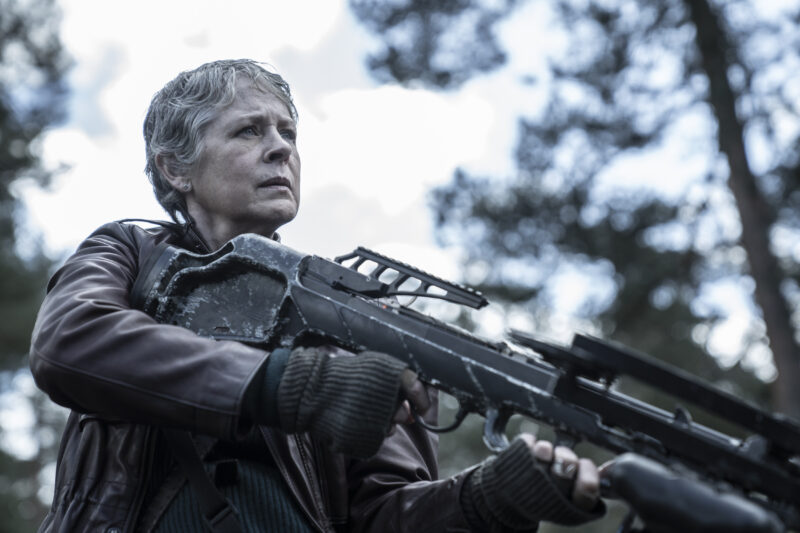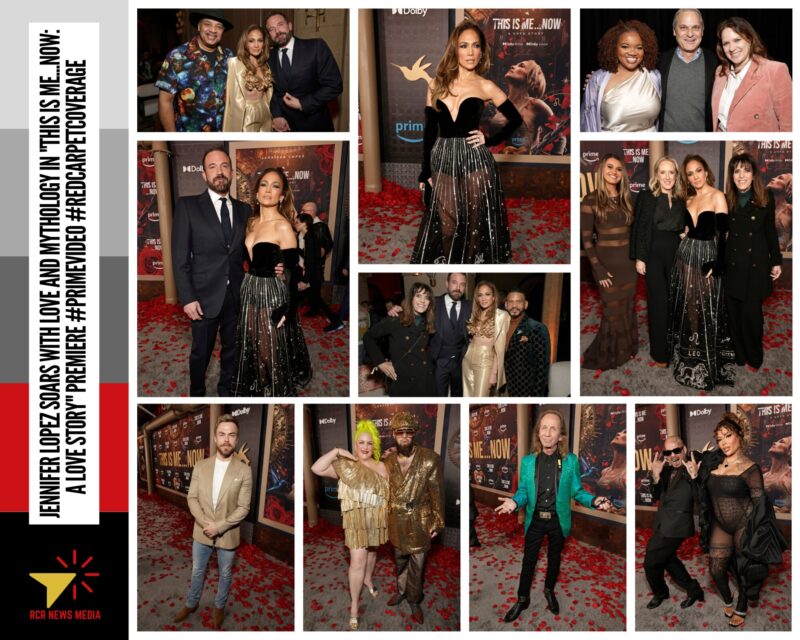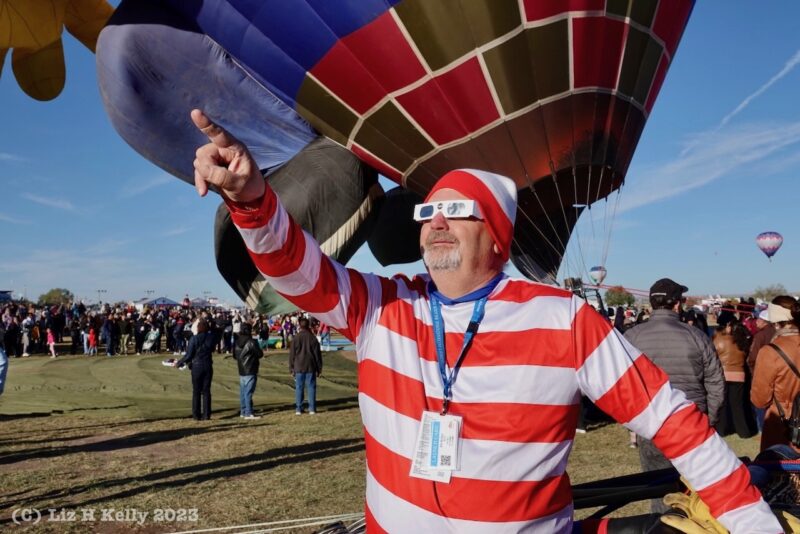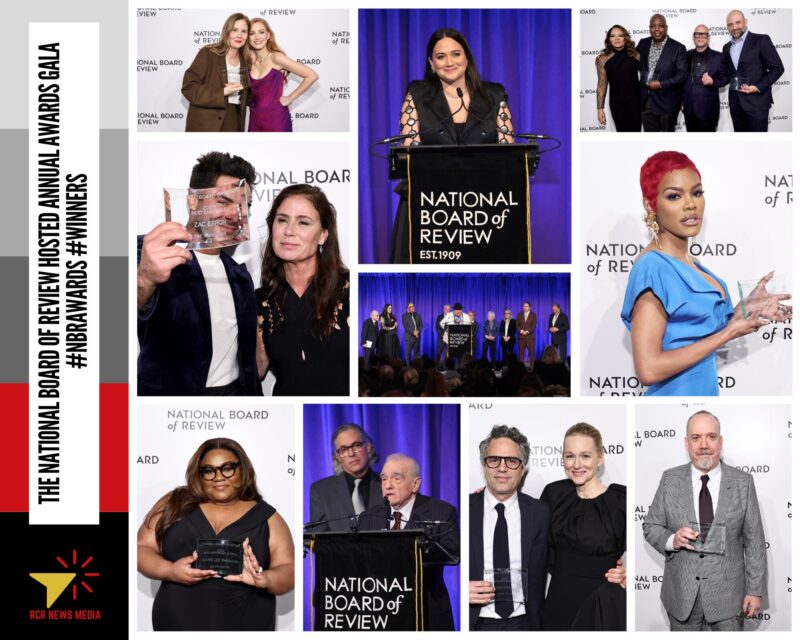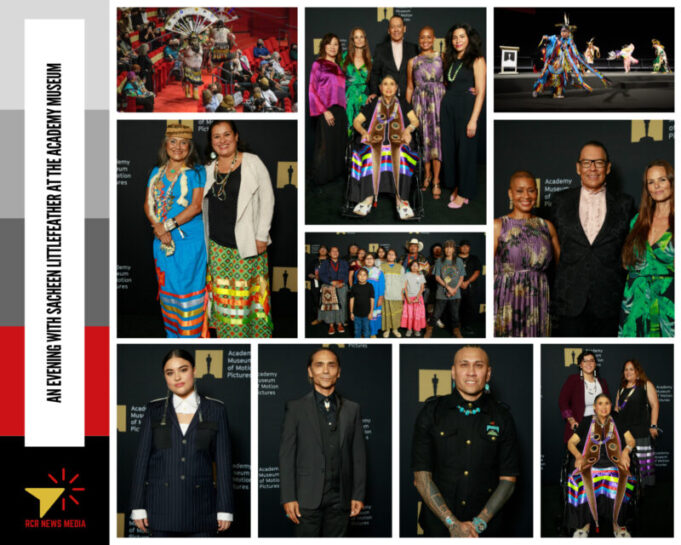On September 17, 2022, luminaries from the Native American, Indigenous, and entertainment communities came together at the Academy Museum of Motion Pictures in Los Angeles for An Evening with Sacheen Littlefeather—a public program focused on celebration, healing, and reflection. The event was followed by an intimate private reception.
The museum live-streamed An Evening with Sacheen Littlefeather on its YouTube channel. The video will be available online until Friday, September 23; a trimmed version of the event will then be shared to the museum’s channel.
In addition, as part of the Academy’s Oral History Projects, the museum has published a nearly four-hour visual history with Littlefeather, interviewed by Academy Museum Director and President Jacqueline Stewart. The mission of the Academy Oral History Projects is to collect, record, preserve, and provide access to personal spoken accounts that provide insight into the history and evolution of the art, science, and craft of motion pictures. The recording arm of the program—the Visual History Program—has been operating since 2012 and has so far filmed 234 filmmaker interviews (about 940 hours of original content) and preserved another 1,200 historical interviews from other sources.
The event commenced with a Tongva land acknowledgement facilitated by Virginia Carmelo (Tongva/S. CA) before emcees Earl Neconie (Kiowa/OK) and Academy Museum Director and President Jacqueline Stewart took the stage. Their words were followed by an Honoring Song performed by Steve Bohay and the Sooner Nation Singers and Michael Bellanger and the All Nation Singers. The audience was then treated to a lively intertribal powwow dance featuring women’s northern traditional buckskin dancer Teresa Littlebird (Northern Cheyenne/CA), grass dancer Wesley Bellanger (Ojibiway/MN and Kickapoo/OK), grass dancer Randy Pico Jr. (Navajo & Luiseño, CA), southern straight men’s traditional dancer James Gregory (Osage/OK), southern women’s cloth dancer Michele Gregory (Pit River/No. CA), fancy shoal dancer Olivia Gone (Southern Cheyenne/OK), jingledress dancer Sophia Seaboy (Sisseton Wahpeton Oyate Sisseton/SD), and chicken dancer Ahshkii Keediniihii (Diné Navajo/AZ), plus a moving rendition of Song in Lushootseed and Don’t Count Me Out by vocalist Calina Lawrence (Suquamish/WA).
Following these powerful performances, Academy of Motion Picture Arts and Sciences CEO Bill Kramer took the stage to underscore the Academy and Academy Museum’s prioritization of representation, belonging, inclusion, and access. Visitors then watched a 60-second clip of Littlefeather’s speech from the 1973 Academy Awards® during which—at Marlon Brando’s request—she respectfully declined his Best Actor award in protest of the treatment of Native Americans in the entertainment industry. This clip is currently on view in the museum’s Academy Awards History gallery.
Academy member, producer, and co-chair of the Academy’s Indigenous Alliance Bird Runningwater (Cheyenne/Mescalero Apache/NM) then took the stage with Sacheen Littlefeather (Apachi/Yaqui/AZ) for a 20-minute conversation that reflected on Littlefeather’s experiences the last fifty years.
Later in the evening, former Academy President David Rubin, with current Academy President Janet Yang, read the Academy’s apology letter—originally presented to Littlefeather on June 18, 2022—after which Littlefeather offered a moving response.
The White Mountain Apache Crown Dancers from Arizona with Joe Tohonnie got everyone on their feet with a dynamic dance to close out the program.
Immediately following the public program, the museum hosted a private reception for 300 guests in its Tea Room and Wilshire Terrace with food provided by guest chef Crystal Wahpepah (Kickapoo/OK), owner and operator of Wahpepah’s Kitchen in Oakland, CA. Wahpepah mindfully chooses Indigenous food sources for her cuisine, with ingredients originating from the people and lands to which she is connected and has a relationship. In addition to Sacheen, the evening’s presenters and performers, and Academy and Academy Museum leadership, notable guests included: costume designer Ruth E. Carter, Oneida Nation Enterprises CEO and museum trustee Ray Halbritter (Oneida Indian Nation/NY), musical artist Taboo, actor Devery Jacobs, actor and filmmaker Riley Keough, actor Zahn McClarnon, and Academy member, producer, co-chair of the Academy’s Indigenous Alliance Heather Rae.
Image Credit: Academy of Motion Picture Arts and Sciences President Janet Yang; Academy member, producer and co-chair of the Academy’s Indigenous Alliance Heather Rae; Academy member, producer and co-chair of the Academy’s Indigenous Alliance Bird Runningwater(Cheyenne/Mescalero Apache/NM); Academy Museum Director and President Jacqueline Stewart; Vice President, Education and Public Engagement, Amy Homma; Sacheen (Apachi/Yaqui/AZ). Image by Terekah Najuwan/ (c) Academy Museum Foundation
About the Academy Museum
The Academy Museum is the largest museum in the United States devoted to the arts, sciences, and artists of moviemaking. The museum advances the understanding, celebration, and preservation of cinema through inclusive and accessible exhibitions, screenings, programs, initiatives, and collections. Designed by Pritzker Prize-winning architect Renzo Piano, the museum’s campus contains the restored and revitalized historic Saban Building—formerly known as the May Company building (1939)—and a soaring spherical addition. Together, these buildings contain 50,000 square feet of exhibition spaces, two state-of-the-art theaters, the Shirley Temple Education Studio, and beautiful public spaces that are free and open to the public. These include: The Walt Disney Company Piazza and the Sidney Poitier Grand Lobby, which houses the Spielberg Family Gallery, Academy Museum Store, and Fanny’s restaurant and café. The Academy Museum exhibition galleries are open seven days a week, with hours Sunday through Thursday from 10am to 6pm and Friday and Saturday from 10am to 8pm.
About the Academy of Motion Picture Arts and Sciences
The Academy of Motion Picture Arts and Sciences is a global community of more than 10,000 of the most accomplished artists, filmmakers, and executives working in film. In addition to celebrating and recognizing excellence in filmmaking through the Oscars®, the Academy supports a wide range of initiatives to promote the arts and sciences of the movies, including public programming, screenings, publications, educational outreach, exhibitions, and more.




